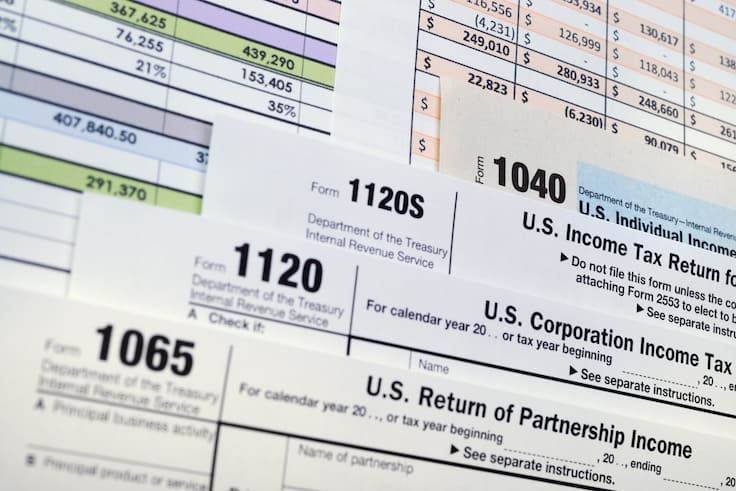Alert: IRS Increases Mileage Rate to 62.5 Cents Per Mile
Gas prices have risen, on average, about $2 per gallon since this time last year. In response, the Internal Revenue Service (IRS) has increased the standard mileage deduction for businesses 4 cents a mile starting July 1, 2022 — from 58.5 cents to 62.5 cents per mile.
Likewise, the new rate for deductible medical or moving expenses (available for active-duty members of the military) will be 22 cents for the remainder of 2022 — up 4 cents from the rate effective at the start of 2022. (The 14-cent per mile rate for charitable organizations remains unchanged because it’s set by statute.)
An increase of only 4 cents a mile might seem like a pittance, but when you do the math, it adds up. For example, if you drive a vehicle that gets 20 miles a gallon, 4 cents a mile results in a deduction of 80 cents per gallon.
Of course, that still doesn’t come close to covering the extra $2 per gallon you’re paying at the pump, not to mention all the other rising costs of owning and maintaining a vehicle for your business. You know, things like lease payments (or depreciation), license and registration, insurance, maintenance, and repairs.
Here’s a thought. Have you considered halting your habit of taking the easy way out (using the standard mileage deduction) and instead start keeping detailed records of all the actual costs of owning and operating the vehicle?
Understanding Your Options: Actual Expenses vs. Standard Mileage
That’s right. The IRS gives you two ways to calculate your business vehicle deduction: Continue reading…





